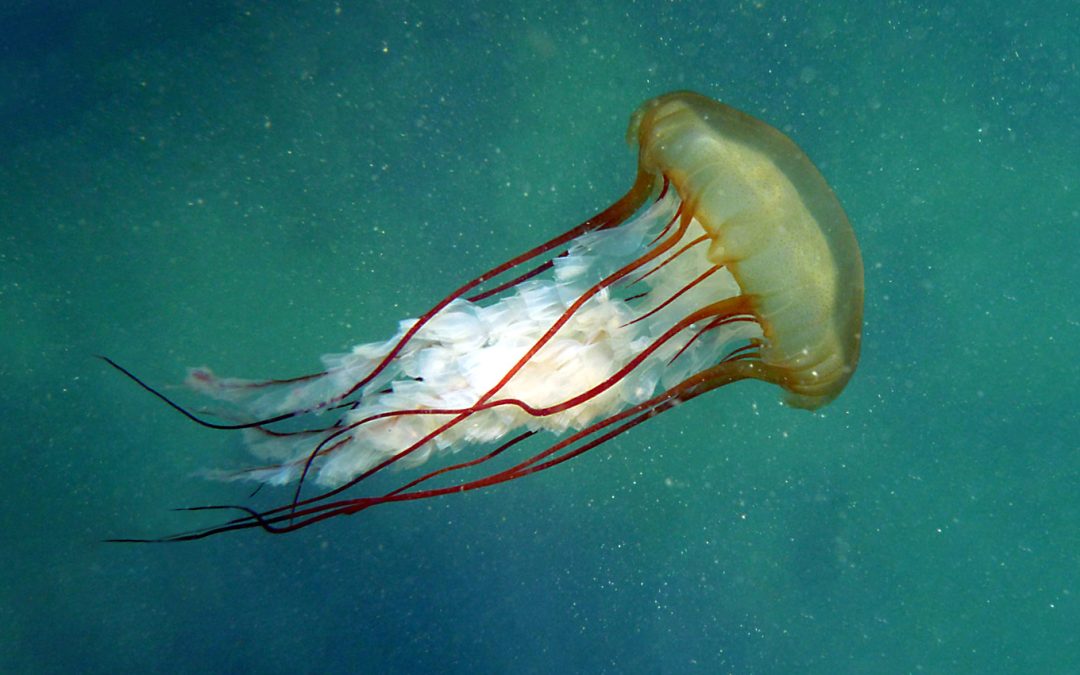
by David Young | Oct 21, 2024 | Cnidarians
Authors: Stephanie Hurst & Chelsea Dinh Scientific name: Chrysaora fuscescens Size: Bell diameter up to 17.7inches (45cm) Identifying features: The Pacific Sea Nettle has a bell with a diameter of approximately 17.7 inches (45 cm), and oral arms which range...
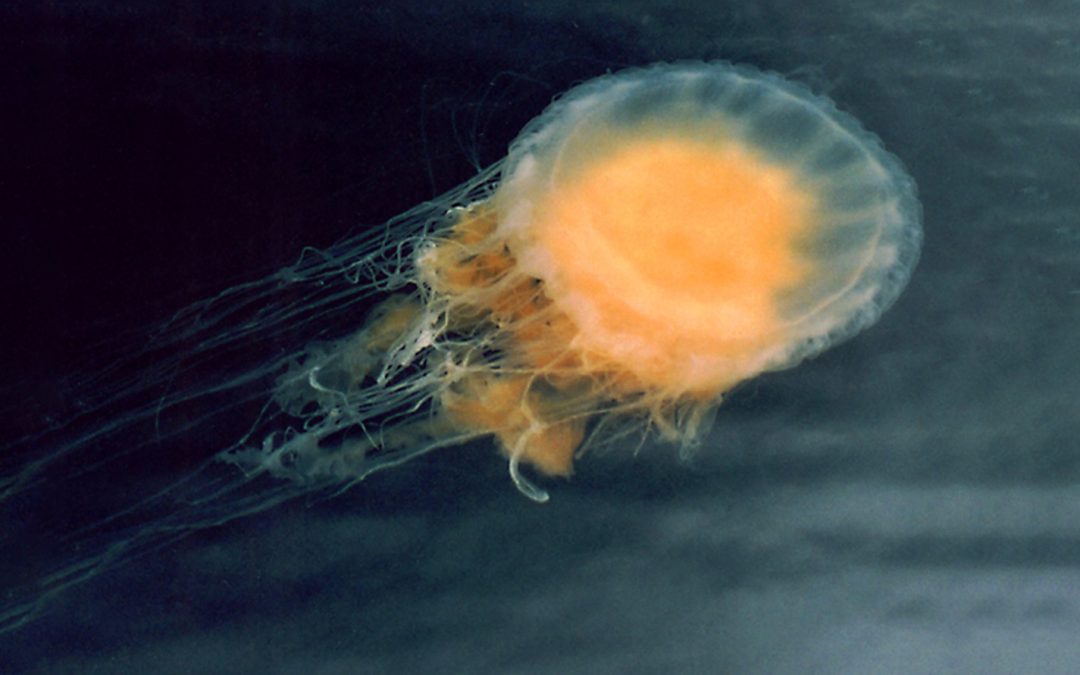
by David Young | Oct 20, 2024 | Cnidarians
Author: Rebecca Wilkinson Common names: Fried Egg Jellyfish, Egg-Yoke Jellyfish Scientific name: Phacellophora camtschatica Identifying Features: The Fried Egg Jellyfish gets its name from its appearance. Its bell, measuring up to 60cm (24 inches) across, is white...
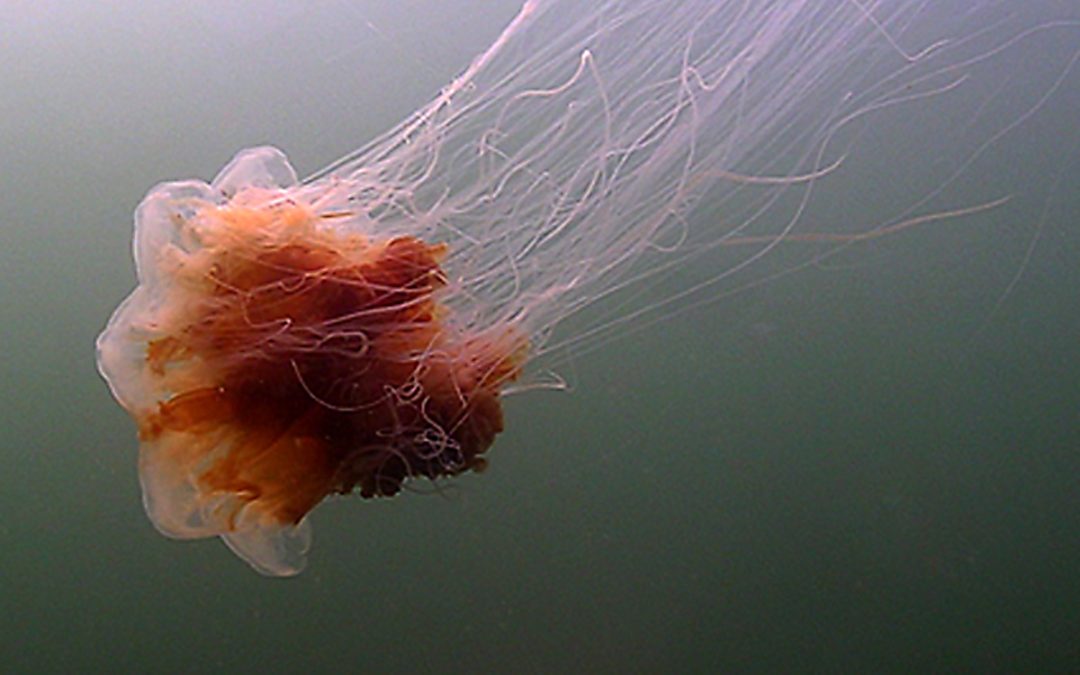
by David Young | Oct 20, 2024 | Cnidarians
Author: Jamie Lenihan Scientific Name: Cyanea capillata Identifying Features: The Lion’s Mane jellyfish is one of the most easily identifiable varieties of jellyfish. At first glance, you can often recognize one of these jellies by their very large bell size,...
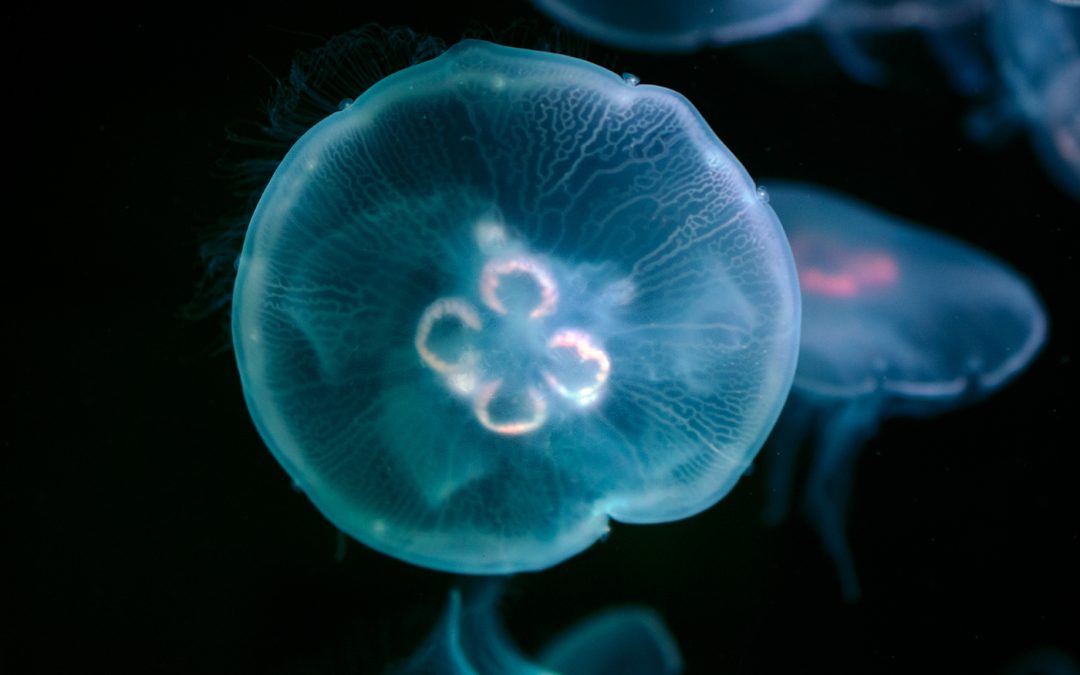
by David Young | Oct 14, 2024 | Cnidarians, Plankton
Author: James Murray Illustrations: by Moloud Mazaheri Scientific name: Aurelia labiata Size range: 25-40cm (9,8-15.8in) Identifying Features: The Moon Jellyfish (Aurelia labiata) ranges from 25 to 40 cm (9.8 to 15.8 in) in diameter and can be easily recognized by...
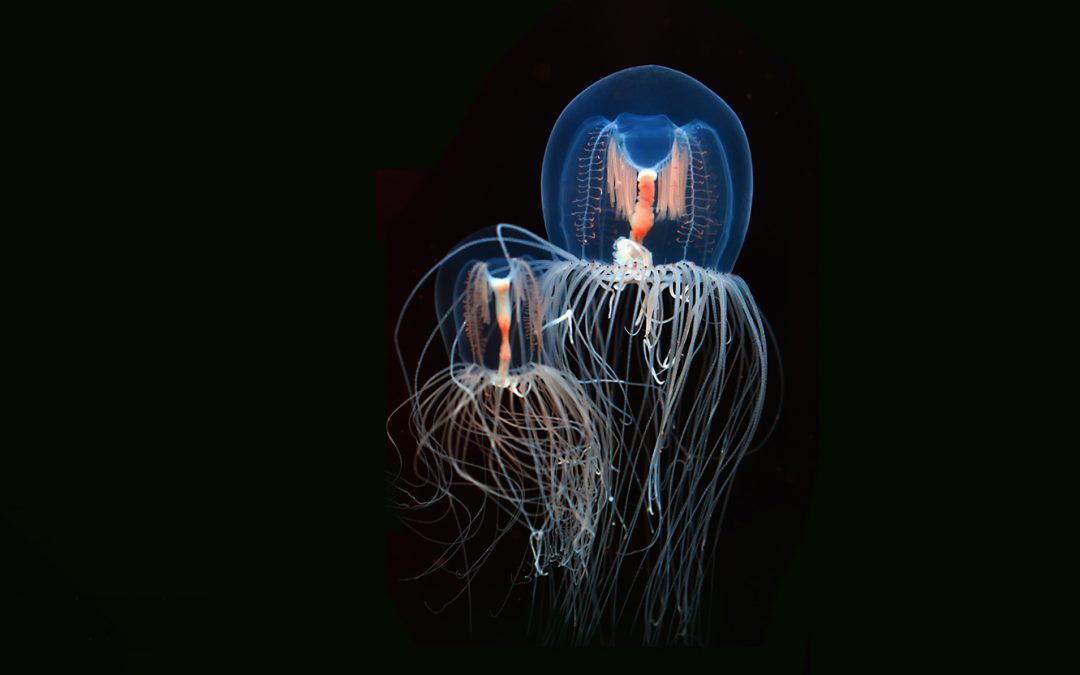
by David Young | Oct 14, 2024 | Cnidarians
Author: Anouk Mock Photos: D. Young Common name: Red-eyed Medusa, Red-eyed jelly, Bell medusa, Penicillate jellyfish Scientific name: Polyorchis penicillatus Identification: The Red-eyed Medusa is a hydrozoan jellyfish. Its size range is 2-5 cm. At the lower rim...
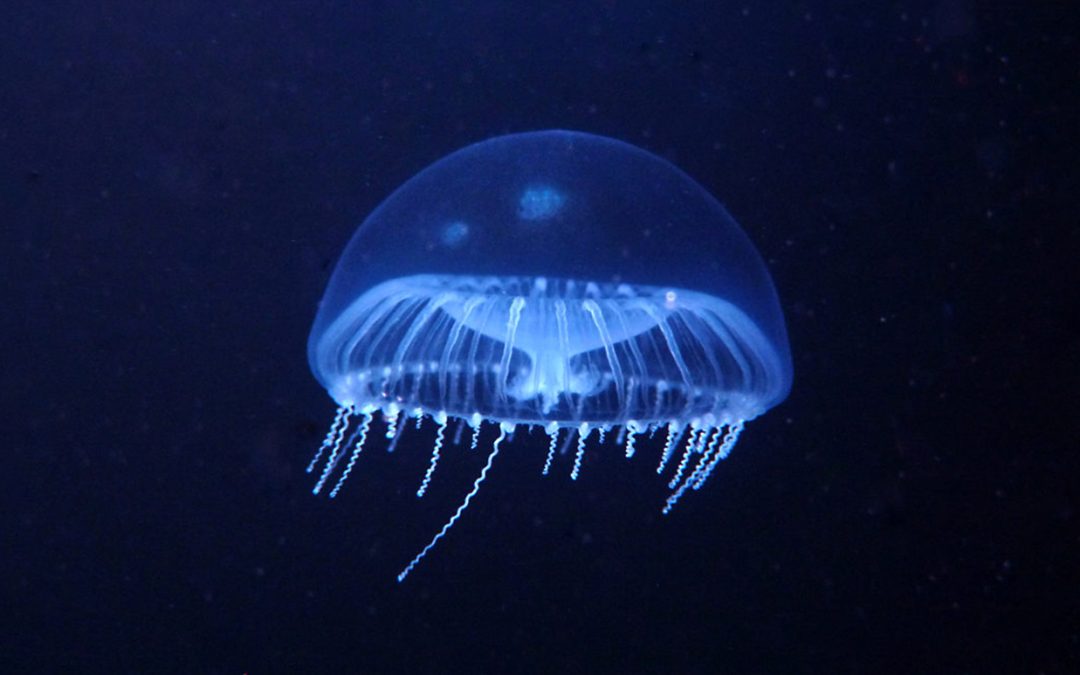
by David Young | Oct 13, 2024 | Cnidarians, Plankton
Crystal Jellyfish Author: Julia Traill Scientific name: Aequorea victoria Size: Bell Diameter can be up to 25cm, though the size of this jellyfish can vary depending on where it is found. Identifying Features: They have many radial canals with more than one-hundred...






